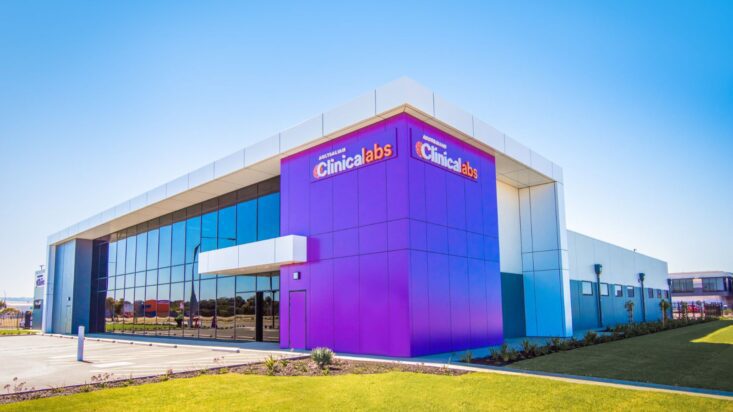Why healthcare has done relatively well in the commercial property convulsion
Few investors would be unaware of the woes of the commercial property sector, with office and retail real estate valuations continuing to grind lower amidst shifts in the way we work and fears about the economic backdrop.
But not all commercial property has the tailwinds that prevail in the healthcare property sector, where tenants are sticky and improvements in medicine and technology mean people are using health services more – and spending more on them.
“Healthcare property is underpinned by strong demographic tailwinds,” said Tom Patrick, head of healthcare property at Barwon Investment Partners. “Australia has an ageing population with a higher proportional use of health services, and the government underwrites 70 per cent of Australian healthcare spending.”
The Barwon Healthcare Property Fund targets non-discretionary spend, government backed investments across primary care, like medical centres, and secondary care, which are services that typically require a referral, like imaging, mental health, cancer care or day hospitals.
“These assets are primarily funded by the Australian government, resulting in minimal exposure to private health insurance. This is strategically important at present as cost-of-living pressures and inflation continue to be felt by Australian families.” Patrick said. “Our tenants predominantly receive Commonwealth and State Government funding.”
“Fourteen per cent of the portfolio is leased to state government tenants in Queensland, Western Australia and South Australia, ensuring a stable and reliable income stream. Historically, these tenants have demonstrated consistent on-time payments. Additionally, our portfolio has an average five-year tenant retention rate of 93 per cent, indicating that our tenants generally partner with us for the long-term.”
Australian healthcare expenditure was around $241 billion in 2021-22, or around 11 per cent of GDP. And while healthcare property only began attracting material capital in the last decade, Barwon has observed that a “systemic shift” is now underway as capital is allocated away from traditional property sectors, and Barwon expects this to drive further demand for the limited pool of tightly held quality Australian healthcare assets.
“During Covid, our assets performed remarkably well, healthcare property did not experience the rental arrears other commercial property asset classes did. Our tenants were generally required to continue operations unlike other asset sub-classes whose tenants faced significant challenges in this area”
The fund typically invests in metropolitan or major regional areas, with around 70 per cent of its assets on the eastern seaboard and focuses on the “micro-demographics” that make a business suitable for the area that it services.
“Why is that business profitable in that location, and why aren’t they going to move? Each property has its own story and reason why it is suited to that location,” Patrick said. “A private hospital in a lower socioeconomic area may not be a strong investment because there might not be enough patients with private health insurance, whereas a medical centre offering bulk-billed services could be performing very well.”
With healthcare property underpinned by robust demographic trends and substantial government funding, Patrick believes that investing in it offers a “compelling opportunity” marked by high tenant retention, strong occupancy rates and rent reviews that are usually linked to inflation.
“As capital continues to move away from traditional property sectors, the healthcare property market is set for expansion,” Patrick said. “Our deep sector knowledge and experience, as well as our network of healthcare operators and developers, means we’re uniquely positioned to capitalise on that emerging opportunity.”











